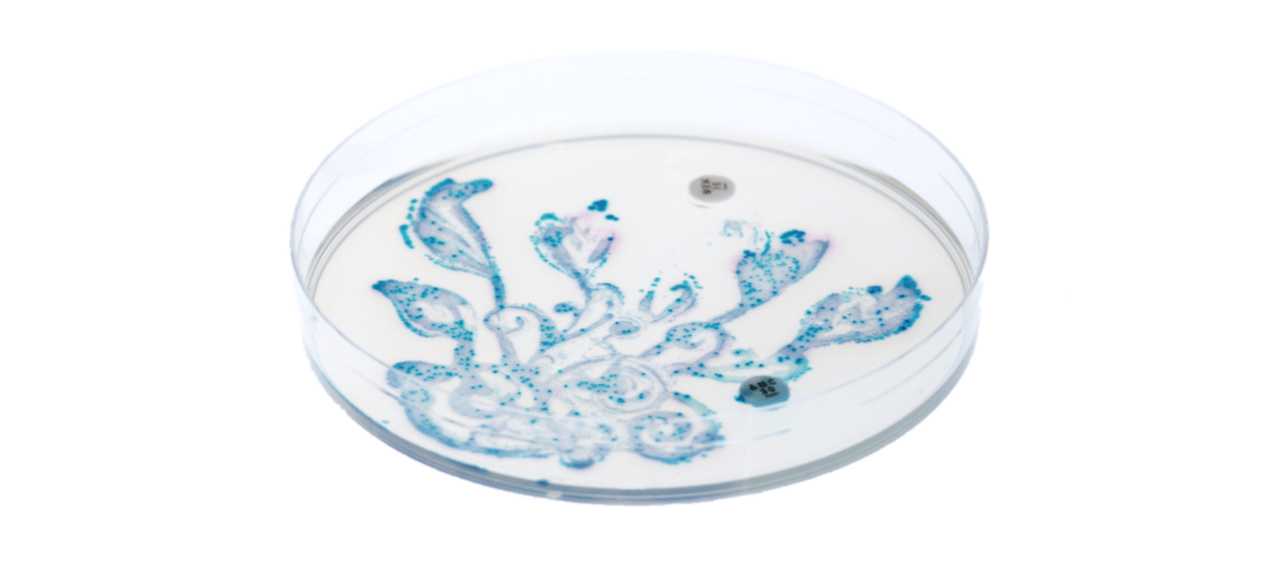Online Free Course: Antimicrobial Stewardship – A competency-based approach
Open
This course will equip clinicians who frequently prescribe antimicrobials with knowledge and tools to improve their use of these essential medications in daily clinical practice. Through case based examples, the course will highlight how antimicrobial stewardship principles can be applied to common clinical scenarios.

Modules included in the online free course are:
Module A: Introduction
By the end of this module, participants should be able to: describe what the course is about and introduce core competencies.
Module B: The Principles of Antimicrobial Prescribing
By the end of this module, participants should be able to: define the principles of appropriate empiric antimicrobial prescribing; consider patient and epidemiologic factors when prescribing antimicrobials; and utilize clinical and laboratory data to reassess the appropriateness of antimicrobial therapy throughout the course of the patient’s illness.
Module C: Pharmacology of Antimicrobials for Clinicians – Select Topics
By the end of this module, participants should be able to: understand basic concepts of pharmacokinetics/pharmacodynamics of antimicrobials; describe oral bioavailability of antimicrobials; and illustrate the concept of time-dependent antimicrobials and describe optimizing the use of beta-lactam antimicrobials using prolonged infusion.
Module D: Antimicrobial resistance for clinicians
By the end of this module, participants should be able to: highlight mechanisms by which microorganisms develop antimicrobial resistance; illustrate the emergence and global spread of drug resistant organisms; and demonstrate the use of clinical guidelines in choosing appropriate empiric antimicrobial therapy.
Module E: Antibiotic allergies
By the end of this module, participants should be able to: recognize that the majority of reported penicillin allergies are not confirmed upon testing and expose patients to undue harm; understand when diagnostic testing, including skin testing, is indicated to confirm an antimicrobial allergy; and employ strategies to determine if cephalosporins can be used in patients with reported penicillin allergies.
Module F: Urinary tract infections
By the end of this module, participants should be able to: understand the prevalence and implications of contaminated urine cultures and of asymptomatic bacteriuria; illustrate the complexity of using urinalysis and urine culture to diagnose urinary tract infections; and demonstrate the use of local antibiogram and guidelines in managing urinary tract infections.
Module G: Community-acquired respiratory tract infections
By the end of this module, participants should be able to: effectively use initial assessment to determine appropriate empiric antimicrobial therapy highlighting the importance of establishing the correct diagnosis; utilize patient specific clinical data to reassess the appropriateness of antimicrobial therapy; and appreciate role of non-antimicrobial therapies in prevention of bacterial disease and role of clinician in educating patients about these options (vaccination).
Module H: Skin and soft tissue infections
By the end of this module, participants should be able to: contrast the epidemiology and management strategies for purulent versus non-purulent skin and soft tissue infections to highlight stewardship opportunities; identify clinical presentations for which specimens should be sent for culture; and demonstrate opportunities to optimize the use of antimicrobials for common skin and soft tissue infections.
Module I: Bloodstream infections
By the end of this module, participants should be able to: describe appropriate blood culture specimen collection techniques to reduce opportunities for contamination, which can lead to inappropriate antimicrobial use; review framework for appropriate antimicrobial prescribing for patients with suspected blood stream infections (BSI); and demonstrate opportunities for collaboration with microbiology services and clinical diagnostics leading to more appropriate antimicrobial use.
Module J: Antimicrobial Surgical Prophylaxis
By the end of this module, participants should be able to: articulate the principles of antimicrobial use in surgical prophylaxis; describe how key institution-specific protocols can improve the use of antimicrobials for surgical prophylaxis; and appreciate the importance of pre-operative dosing and limit the duration of post-operative dosing of antimicrobials.
Module K: Acute pharyngitis in adolescents and adults
By the end of this module, participants should be able to: understand the epidemiology of infections that cause acute pharyngitis; use clinical prediction scores and microbiologic tests to identify those that may benefit from antimicrobial therapy; and recognize communication tools that can be used to educate patients about their diagnoses and the appropriate use of antimicrobials.
Module L: Acute Infectious Diarrhea
By the end of this module, participants should be able to: recognize the limited number of acute diarrheal clinical scenarios that require antimicrobial therapy; use microbiologic susceptibility data to determine the appropriate empiric therapy for Travelers’ diarrhea and when clinician-prescribed, self-treatment is indicated; and understand role of clinicians in reducing the use of antimicrobials purchased without a prescription for acute diarrhea in some settings.
Module M: Ventilator-associated pneumonia
By the end of this module, participants should be able to: understand how the emergence of antimicrobial resistance in a particular hospital jeopardizes patients with nosocomial infections, like ventilator-associated pneumonia; illustrate the importance of obtaining appropriate specimens for culture and using these results to optimize the use of antibiotics; and emphasize the appropriate duration of therapy for ventilator associated pneumonia.
Module N: Acute Otitis media
By the end of this module, participants should be able to: understand the importance of accurate physical exam findings in distinguishing middle ear conditions that respond to antibiotics and those that do not; emphasize adhering to clinical evidence-based practice guidelines in the management of acute otitis media and otitis media with effusion; and demonstrate non-antimicrobial therapeutic interventions and preventive measures in managing patients with acute otitis media.